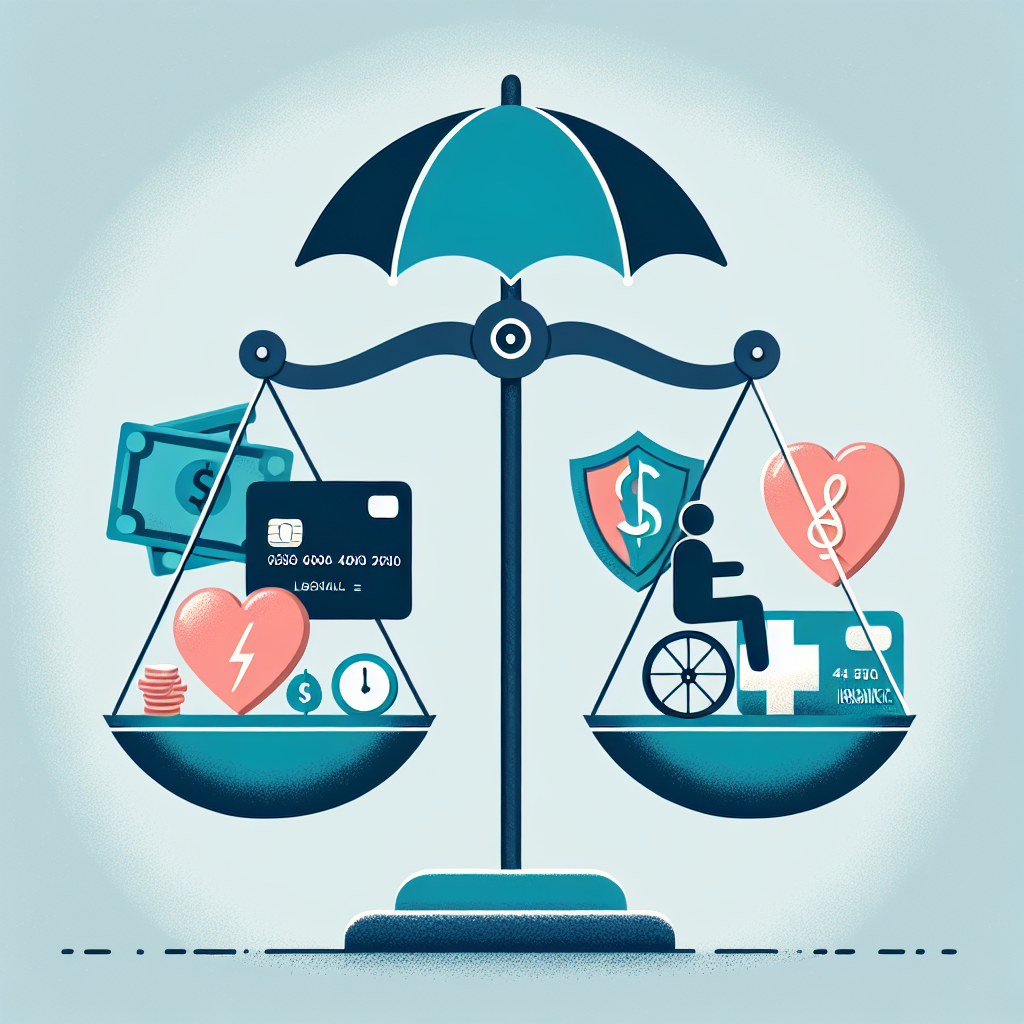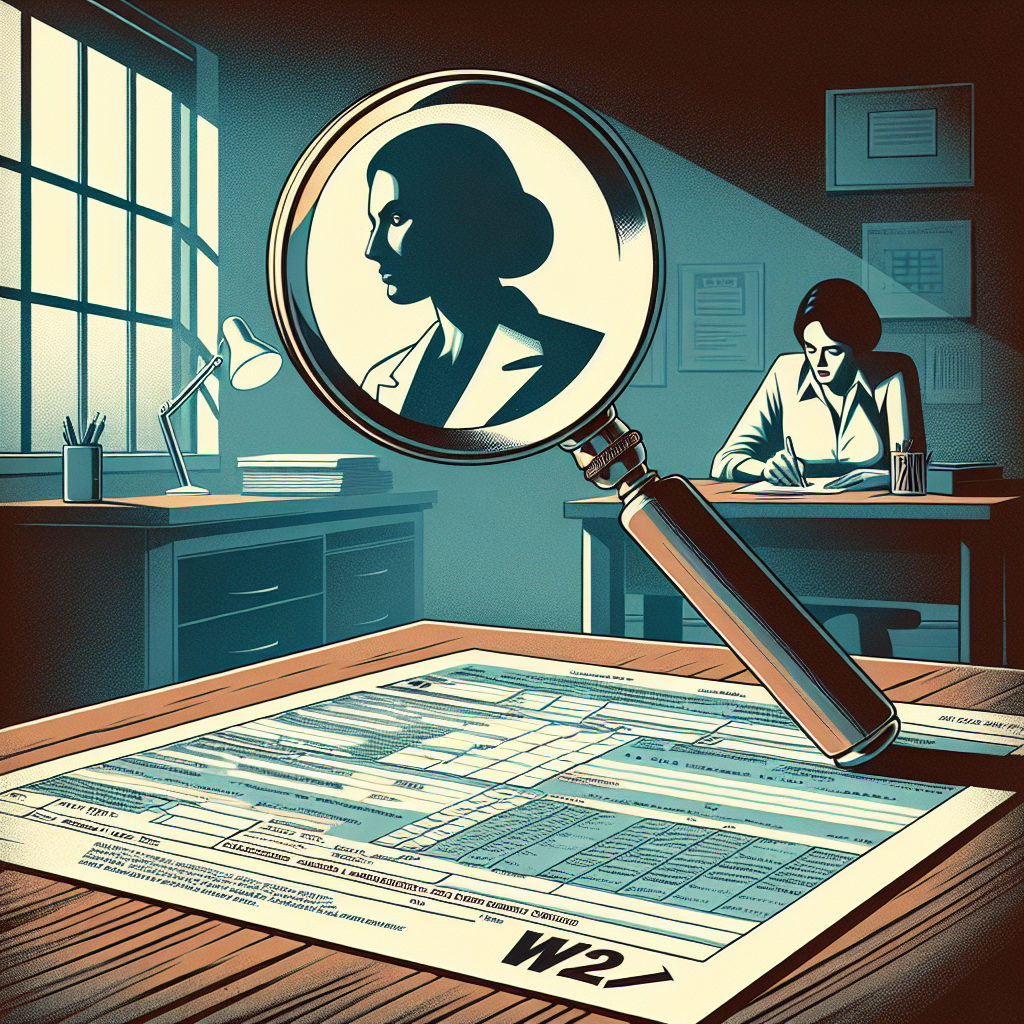Filed under Business Insurance on
Designing Effective Insurance Business Cards

In the competitive world of insurance, leaving a lasting impression can make all the difference. While digital marketing strategies and online networking have their place, the classic business card remains an indispensable tool. Designing effective insurance business cards is more than just a formality; it’s about creating a tangible piece of your brand that potential clients will remember. This guide will explore how to craft a business card that not only speaks to your professionalism but also stands out in the insurance industry.
Why Business Cards Still Matter in the Digital Age
Despite the shift towards digital communication, business cards continue to hold significant value for several reasons:
- Tangible Reminder: A well-designed card acts as a physical reminder of your brand in a cluttered digital world.
- Professionalism: Offering a business card demonstrates reliability and preparedness, especially in face-to-face interactions.
- Networking: Effective insurance business cards facilitate connections at industry events, conferences, and meetings, reinforcing your networking efforts.
Key Elements of Effective Insurance Business Cards
To create a card that effectively represents your insurance business, consider focusing on these key elements:
1. Brand Identity
Your business card should reflect your overall brand identity. Use colors, logos, and typography consistent with your other marketing materials. This cohesion helps reinforce brand recognition among potential clients.
2. Clear and Concise Information
A card overloaded with text can be overwhelming. Prioritize essential information: your name, job title, business name, phone number, email address, and, if applicable, a website URL. These elements are crucial for effective insurance business cards.
3. Quality Materials
Invest in high-quality materials that elevate your card's look and feel. A sturdy cardstock combined with a professional finish—glossy, matte, or textured—creates an impression of quality and attention to detail. Effective insurance business cards often make use of tactile materials that invite attention and engagement.
Design Tips for Effective Insurance Business Cards
Design can significantly influence how your business card is perceived. Here are some design tips to help capture your audience's attention:
1. Simple Yet Impactful Design
A minimalist design approach ensures the card remains clean and readable. Effective insurance business cards often leverage white space effectively to make important information stand out. Consider using one or two colors for a striking but uncluttered look.
2. Use of Visual Elements
Adding a professional headshot, strong logo, or an emblem related to insurance can enhance visual appeal. These elements not only reinforce your personal brand but also make the card more memorable. Effective insurance business cards often integrate these visual cues to improve retention.
3. Unique Shapes and Finishes
While conventional rectangular cards are the norm, experimenting with shapes or finishes can make your card distinct. Rounded corners, spot UV finishes, or embossing are effective techniques used in designing effective insurance business cards that leave a lasting impression.
Latest Trends in Business Card Design for the Insurance Sector
Staying updated with the latest trends in business card design can position you as a forward-thinking professional in the insurance industry. Here are some trends to consider:
1. Interactive Elements
QR codes that link to your professional website, LinkedIn profile, or online portfolio can transform your card into an interactive tool. This modern tactic makes effective insurance business cards more dynamic and engaging.
2. Sustainability Focus
Many professionals are opting for eco-friendly materials in their business cards’ designs. Choosing recycled paper or soy-based inks for your effective insurance business cards not only attracts the environmentally conscious client but also promotes sustainability.
3. Augmented Reality (AR)
For tech-savvy professionals looking to stand out, incorporating AR into your business card design can provide a memorable experience. Imagine effective insurance business cards coming to life with virtual tours or interactive content when viewed through a smartphone app.
Expert Opinions on the Significance of Business Cards
Industry experts affirm the importance of maintaining a physical footprint through business cards. “In a world that’s increasingly virtual, the tangible value of a business card can’t be overstated,” says marketing strategist Jane Doe. “Effective insurance business cards serve as personal touchpoints, building trust and credibility.”
John Smith, a renowned insurance consultant, adds, “The tactile nature of a business card creates an immediate, memorable connection. It’s a crucial tool in a sector where personal trust is foundational.”
How to Print Your Business Cards for Maximum Impact
After designing, the next step is printing your business cards effectively. Here’s what to consider:
1. Choosing a Printer
Select a reputable printer that offers various finishes and high-quality prints. Whether you choose an online service or a local print shop, ensure they have experience with creating effective insurance business cards to guarantee professionalism in the final product.
2. Print Quality and Options
Look for options like double-sided printing, color accuracy, and specialty finishes, which can add depth and interest to your cards. Effective insurance business cards often use advanced printing techniques to elevate the overall presentation and tactile experience.
Conclusion: Making Your Mark in the Insurance Industry
In conclusion, while much of the business world has shifted online, the influence of an impactful, well-designed business card cannot be dismissed. For insurance professionals, effective insurance business cards prove to be invaluable in establishing personal connections and reinforcing brand identity. By focusing on a clear design, using quality materials, and integrating both traditional and innovative elements, your business card can become a powerful tool in your professional arsenal. Embrace the art of card design to leave a lasting impression and solidify your presence in the insurance sector.




